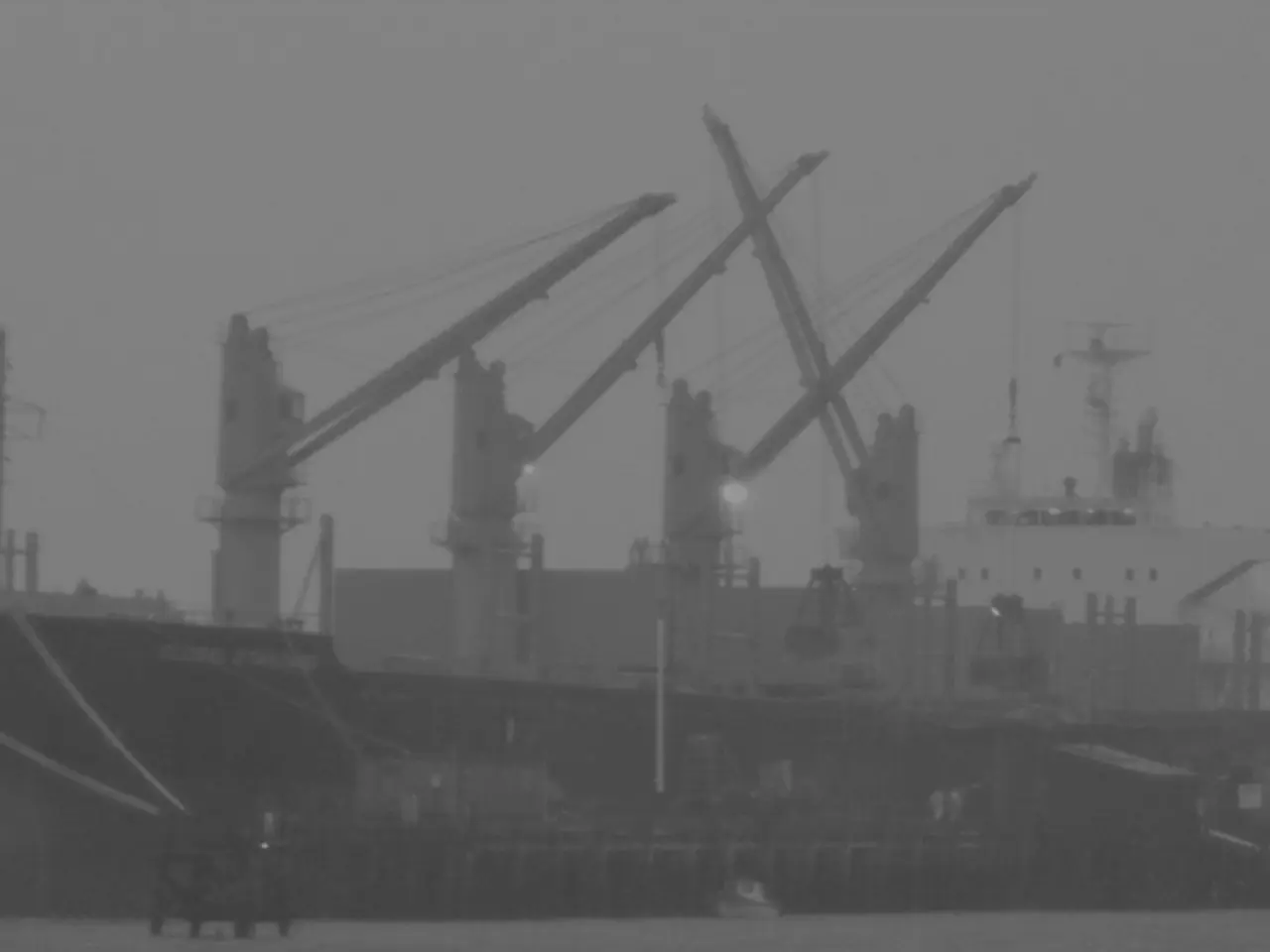Harbor Cities Fueling the Cruise Sector's Operations
In the dynamic world of cruising, turnaround ports play a pivotal role as the starting and ending points for countless voyages. These bustling hubs, such as PortMiami, Port Everglades, Port Canaveral, Port of Barcelona, and Port of Montreal, handle millions of passengers annually, making them major economic drivers for their cities and regions.
### Top Busiest Turnaround Cruise Ports and Their Contributions:
The "Cruise Capital of the World," PortMiami, leads the pack with over 8.23 million passengers in 2024. Known for hosting major cruise lines like Royal Caribbean, Carnival, and Norwegian, it boasts the world's largest cruise terminal and advanced infrastructure including LNG bunkering and shore power, which supports environmentally friendlier operations.
Port Canaveral, Florida, comes in second with approximately 7.6 million passengers, serving as a key gateway to the Caribbean. Combining cargo and passenger operations efficiently, it also features strong sustainability initiatives such as shore power integration for cruise ships.
Port Everglades, located in Fort Lauderdale, handled over 4 million cruise guests in 2024. Preferred during the winter season for Caribbean cruises, it offers terminals designed for smart check-in and facial recognition tech, and is expanding to accommodate newer, larger ships.
The Port of Barcelona, Europe's busiest cruise port, welcomes over 3.6 million passengers. Despite environmental challenges, it invests in shore power and emissions control to reduce pollution from cruise operations. It supports multiple cruise lines and itineraries across Europe.
Port of Montreal, serving as a turnaround port for Great Lakes cruises, is growing in popularity, welcoming multiple cruise ships each season. It is expanding infrastructure to better support the growing cruise tourism in the region, boosting local economies.
### How These Ports Contribute to the Cruise Industry:
These ports enable large passenger flow, acting as major embarkation/disembarkation points, thus facilitating the start and end of cruises on a massive scale. Modern terminals with expansive berth capacity, smart check-in systems, and facilities to dock the largest cruise ships ensure efficient turnaround operations.
Many leading ports invest in sustainability measures, such as shore power (allowing ships to plug into local electricity rather than running diesel engines at berth), LNG bunkering, and emissions controls to reduce the environmental footprint of cruise operations.
These ports generate significant local employment and economic activity through tourism spending, port operations, and related services. Strategically located ports like Miami and Barcelona serve key cruise markets in the Caribbean and Mediterranean, respectively, while Great Lakes ports support niche regional cruising markets.
In conclusion, the world's busiest turnaround ports provide the backbone of the cruise industry by enabling efficient handling of large volumes of passengers and ships, integrating innovative infrastructure and sustainability measures, and supporting regional economies on a large scale. Investment in efficient infrastructure, accessibility, and passenger experience is key to attracting more cruise traffic.
The significant economic contributions of turnaround cruise ports like PortMiami, Port Canaveral, Port Everglades, The Port of Barcelona, and Port of Montreal extend beyond their cities, impacting the entire industry and finance sector, given the millions of passengers they handle annually. As investors prioritize transportation projects, the cruise industry will rely on these ports' advances in finance, sustainability, and transportation technologies, such as shore power and LNG bunkering, to minimize environmental impact and improve operational efficiency.




